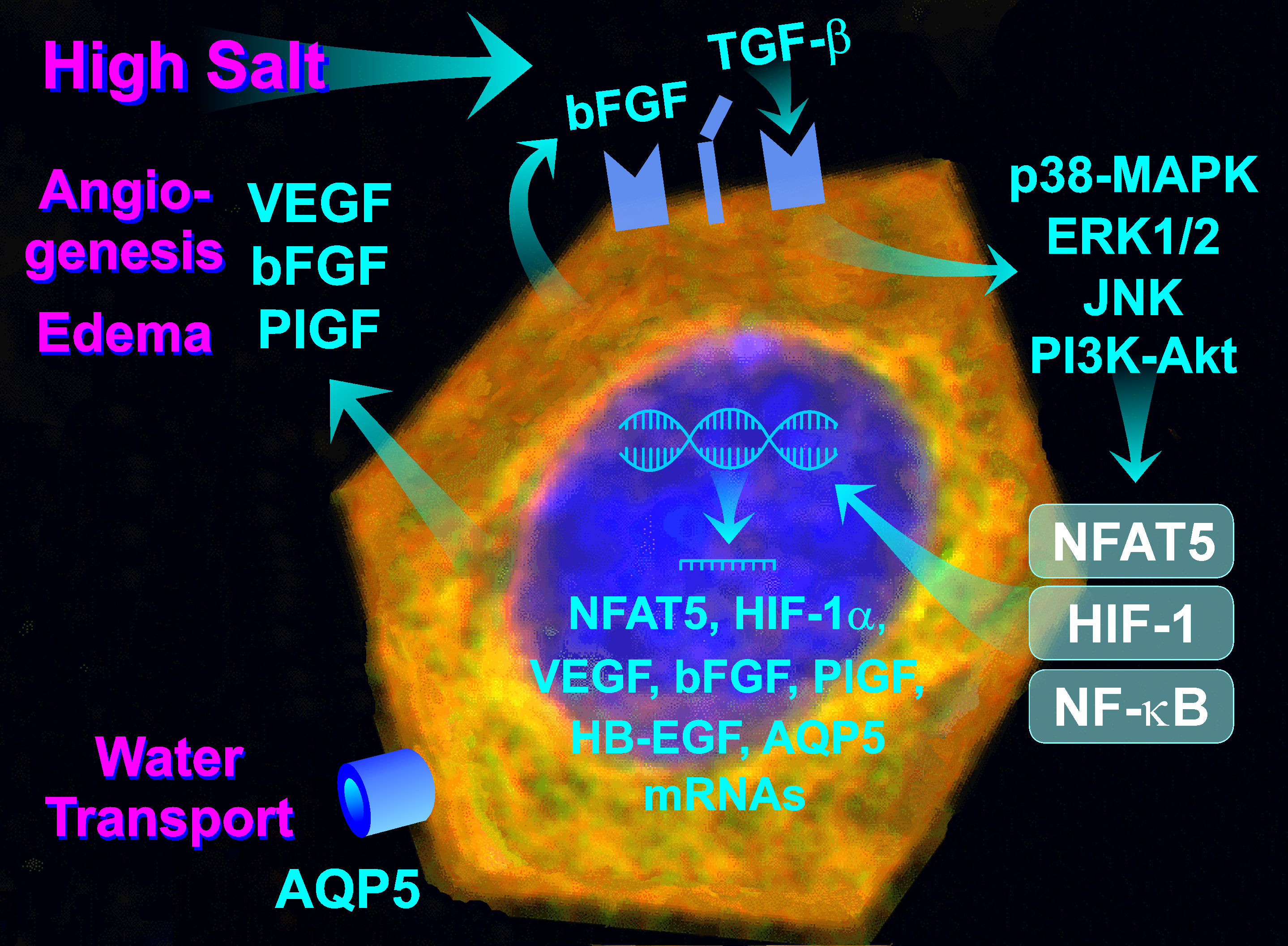Figure 4. High salt consumption may aggravate neovascular retinal diseases by stimulation of angiogenic factor production in RPE cells.
Excess salt induces the release of growth factors, such as basic fibroblast growth factor (bFGF) and transforming growth factor-β
(TGF-β) from RPE cells. Autocrine and paracrine TGF-β and FGF receptor signaling induces activation of the intracellular signal
transduction pathways, including p38 mitogen-activated protein kinase (MAPK), extracellular signal-regulated kinase (ERK)
1/2, c-Jun NH2-terminal kinase (JNK), and phosphatidylinositol-3 kinase (PI3K)-Akt pathways, resulting in activation of the transcription
factors nuclear factor of activated T cell 5 (NFAT5), hypoxia-inducible factor-1 (HIF-1), nuclear factor kappa beta (NF-κB).
NFAT5 and HIF-1 induce the transcription of the VEGF gene, while NFAT5 and NF-κB induce the transcription of the AQP5 gene. NFAT5 also induces expression of the bFGF gene. The salt-induced secretion of VEGF, bFGF, and placental growth factor (PlGF) may stimulate the development of the central
nervous system (CNV) and edema. Increased expression of AQP5 may improve water transport through the RPE, which may facilitate
the development and/or resolution of edema, in dependence on the osmotic and hydrostatic gradients across the RPE.

 Figure 4 of
Bringmann, Mol Vis 2016; 22:1437-1454.
Figure 4 of
Bringmann, Mol Vis 2016; 22:1437-1454.  Figure 4 of
Bringmann, Mol Vis 2016; 22:1437-1454.
Figure 4 of
Bringmann, Mol Vis 2016; 22:1437-1454. 